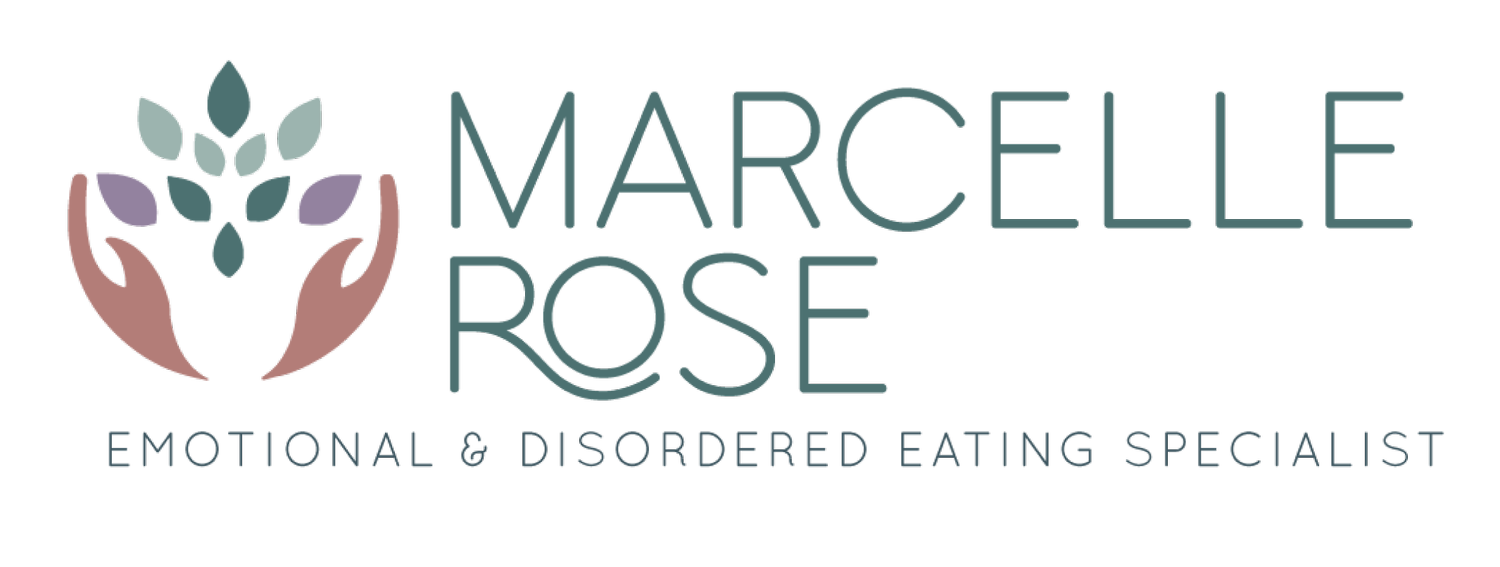I help many women who are desperate to break free from dieting, having spent years or decades trapped in the cycle – exhausted by the headspace it consumes and misery it brings. They feel overwhelmed and confused not knowing how to eat without being on a diet and worry about what will become of their weight.
Many of my clients are overly restrictive with many fears and rules around food. Some find themselves binge eating or feeling out of control around foods. Others may be compelled to exercise excessively.
ALL OR NOTHING THINKING LIES AT THE HEART
All or nothing thinking lies at the heart of all of these distressing challenges and the inner dialogue is often 24/7. It is a negative thinking pattern often experienced by those struggling with their relationship with food and their body.
Often termed as dichotomous or black-and-white thinking, this mindset involves viewing situations in extremes. It leads to attempts at restricting foods perceived as bad for health or weight. For most people this is unsustainable and often results in bingeing or emotionally eating the very same ‘forbidden’ foods.
The cycle goes like this; Eat the perceived ‘bad’ food, and automatic thoughts that follow are I’ve eaten really badly, I’m a bad person, I’m greedy, I have no willpower, I’ve blown it again. I need to start again tomorrow/ next week/ on Monday and so on.
Anxiety is often coupled with these thoughts. This may lead to skipping meals or severely restricting caloric intake. It may lead to a bout of punishing exercise to make up for ‘falling off the wagon’.
WHERE TO START
1. Adding in
If this is something you recognise with the way you approach your food, try removing the moralistic value from the foods. Yes, some foods are more helpful for our health than others but it is ok to have all types of foods some of the time. Instead, focus instead on quality, nourishing foods you can add in to your diet. These will help you to feel better, lift your mood and stop punishing yourself.
2. Cognitive reframing
This is a technique based on shifting your perception of a situation. This can help you transform your thoughts, emotions, and actions. Begin by recognising the unhelpful thought and ask what else you can say to yourself that would be more helpful.
For example:
Situation: Binge eat a pack of biscuits
Thought: I failed again
Reframe: I notice that I’m thinking I’ve failed because I had a binge, slipping up is part of the process, I am learning how to manage this
Or this is a learning experience
3. Challenge your thoughts
To help with reframing, begin to question the validity of the thought
Ask yourself Is this really true? How strongly do I believe that it is? What is the evidence to support it? What is the evidence against it? It’s important to note that thoughts are not facts; they are just your mind's way of interpreting and processing information. Recognising this distinction empowers you to challenge and reshape your thoughts, leading to a more balanced perspective.
4. Visualise your journey
I help my clients to change their perspective by approaching this work as a journey and this is something you can do too. I encourage them to envision themselves embarking on a cycle ride. Along the way, they will encounter obstacles and setbacks—falling off the bike now and then is both normal and expected. Importantly, these setbacks don't signify a return to square one. Instead, they learn to recognise setbacks as part of the process, dust themselves off, and get back on their bike, to continue forward on their journey.
Do you long for a happy relationship with food, but are feeling lost on where to begin? Grab my FREE guide Breaking the Cycle - Your First Steps to Healing Your Relationship with Food, to kickstart your journey today
This invaluable resource will help you:
✔️Know when you’re really hungry and when you’re not
✔️Learn when to eat that’s best for you
✔️Know the best snacks to help you stop craving and feeling out of control

